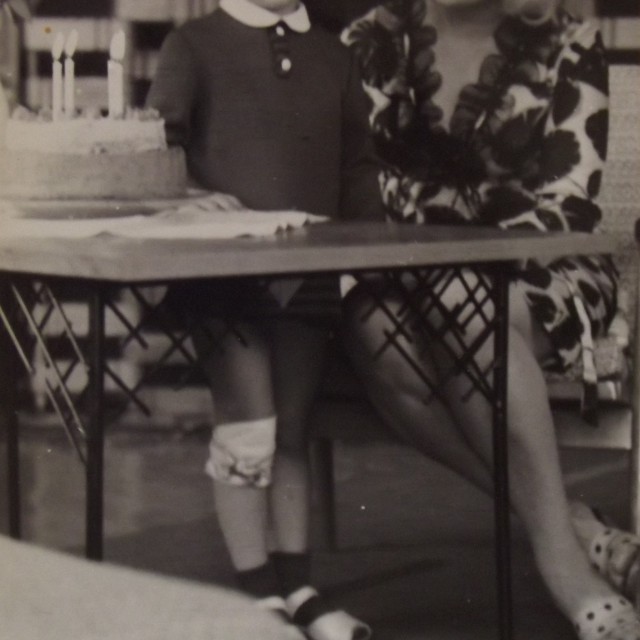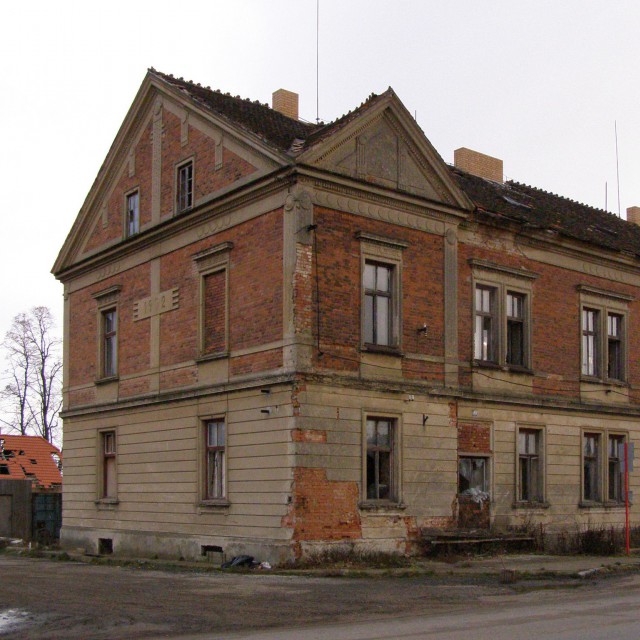Grandpa Hámon helped us escape from the brickworks
In 1951, Irena Šimonová - by then a political prisoner - was assigned to work in a brick factory in Červené Pečky. She had to work every day in the so-called "aluminum," where she toiled and mined brick clay. Irena recalls that the workers were under the supervision of an old man, a civilian, whom they familiarly called "grandpa Hámon." He was not a guard but a civilian expert on the processing of clay: "He was a very kind old gentleman who was raising his mentally ill daughter. He would tell me: "you can't do this job, you're still a child." Working in the aluminum was very physically demanding and it was clear that the slender, twenty-one-year-old girl would not endure the job for long. Grandpa Hámon finally helped Irena to escape. "I trusted him completely," she recalls, "when my friend Helena planned to escape, I asked him for civilian clothes. He immediately knew that we wanted to get away and brought us clothes and also got us some money. When we ran away, he didn't report it. Every time I remember him I feel sorry that people like him don't get rewarded, because he'd really deserve some appreciation. To this day, I don't know what happened to him." Because aluminum was not particularly well guarded, both friends had no trouble leaving it in their civilian clothes. Then, they tried to get across the border from East Germany to West Germany. After eleven days on the run, they were arrested on the territory of East Germany.
Hodnocení
Abyste mohli hodnotit musíte se přihlásit!
Trasy
Příběh není součastí žádné trasy.
Komentáře

Irena Šimonová
Irena Šimonová, née Vlachová, was born in Ivanov on December 9, 1929. Both of her parents came from wealthy families, their marriage was not happy and they got divorced in 1945. Irena grew up in Vyškov, where she experienced WWII and the subsequent liberation of the city by the Red Army. After her parents' divorce, Irena moved to Prague where she - as an underage - was placed under the supervision of her father's friend, a retired lawyer named Dr. Pekuláš. At that time, she studied at the People's University. During her studies, she met František Smrček, with whom she maintained a very strong, albeit on her part only a friendly relationship. After Smrček emigrated to West Germany in 1948, Irena got involved in illegal activities with Smrček's help, trying to help people who were threatened with persecution by the communist regime. In March 1949, she tried to cross the border in the region of Šumava, (Bohemian Forest). However, the smuggler abandoned Irena in the woods and the escape failed. On her return journey by train to Prague on March 21, 1949, she was arrested. After harsh interrogations in St. Bartholomew Street in Prague, a secret trial with "Irena Vlachová and companions" took place on Christmas 1949, in which she was sentenced to 25 years in prison. She was placed in a prison in Prague’s Pankrác and then sent to work in a brick factory in Červené Pečky in 1951 . From there, along with other inmates, she unsuccessfully tried to escape to West Germany. She got caught by the police and was sentenced to another three years on top of her original sentence. She was placed in the Pardubice prison, where her fellow inmates counted "celebrities" like Růžena Vacková, Dagmar Šimková, Jiřina Štěpničková, Julie Hrušková and others. Irena Šimonová was released during an amnesty in 1960. She joined her mother in Carlsbad and lived there until 1968. She married and started a family. During the Prague Spring, she got involved in the establishment of the KAN in Carlsbad. In August 1968, she emigrated with her husband to the Netherlands. Here she founded a successful company doing business in the clothing and fashion industry. Today she alternately lives in Prague and in the Netherlands.



